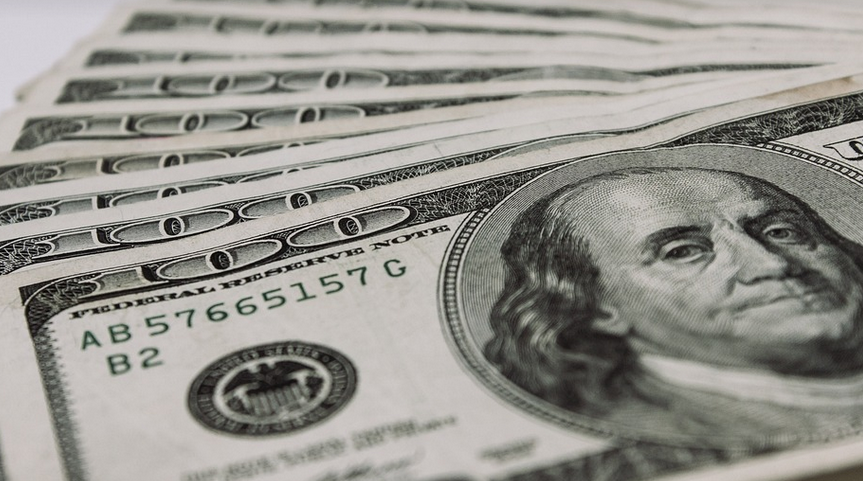Why Buy Sheets of Money in 2024?
As we navigate a world increasingly defined by digital currencies and fluctuating financial landscapes, the concept of buying sheets of money might seem, well, oddly fascinating. But beneath this seemingly bizarre notion lies a deeper truth: the desire to own tangible assets in our ever-evolving economic landscape.
The allure of “buying sheets of money” goes beyond mere novelty. It taps into the primal instinct for security, control, and perhaps even a touch of rebelliousness against a digital-first future. In a world where our financial lives are increasingly intertwined with online platforms and virtual currencies, the idea of physical currency takes on an intriguing new dimension.
For many, the act of buying sheets of money might represent more than just a transaction; it could be a statement about their values. It signifies a desire to feel grounded in tangible reality amidst the ever-shifting landscape of finance. It’s about reclaiming some control over their financial well-being and embracing an asset class that feels more real, more personal.
But what exactly are these sheets of money? Are we talking about large denominations of US Dollars or Euros, perhaps even local currencies like the Swiss Franc? The answer, it turns out, is far more nuanced. It’s not as simple as buying physical currency in a bank. The world of “buying sheets of money” often involves complex systems and niche markets, with each sheet carrying its own unique value proposition.
For instance, some collectors might purchase valuable banknotes from historical periods, seeking the thrill of owning tangible pieces of our past financial history. Or perhaps they’re drawn to the intricate designs and stories behind specific banknotes – a reminder of their enduring cultural significance and the artistry that goes into currency production.
Others focus on the purely practical aspects: securing financial independence, building a hedge against inflation, or even simply acquiring a tangible form of assets in an increasingly digital world. What might seem like a quirky hobby for some actually holds immense value for others.
For many, the process of buying sheets of money is as much about the journey as the destination. It involves research, knowledge acquisition, and perhaps even a touch of risk-taking. The act of venturing into this unconventional market can be a rewarding experience in itself. It allows individuals to delve deeper into the world of financial history, explore diverse investment opportunities, and connect with communities that share similar interests.
The allure of “buying sheets of money” might be best understood through exploring specific examples. Take, for instance, the increasing popularity of gold bars or bullion coins. These physical assets are often seen as a safe haven in times of economic uncertainty. Their intrinsic value and historical significance make them a popular choice for those seeking to diversify their portfolio and protect against inflation.
However, there’s more to this narrative than just physical forms of currency. The “buying sheets of money” trend also encompasses a broader shift in our perception of wealth – moving away from solely relying on digital currencies, and instead prioritizing tangible assets that hold lasting value and provide security in an ever-changing world.
Whether it’s about reclaiming a sense of control over financial lives or simply appreciating the beauty and history behind physical currency, “buying sheets of money” offers a unique perspective on our relationship with wealth. It reminds us that even in an increasingly digitized age, there’s still a need for tangible assets, something to hold onto, something to feel secure about.
So, if you find yourself intrigued by the notion of buying sheets of money, tread carefully and understand the nuances before taking any big steps. Do your research, explore different options, and choose what best aligns with your goals and values.
Let’s delve deeper into some common reasons why people might be drawn to “buying sheets of money” in 2024.
**1. Building a Hedge Against Inflation**: The global economy continues to grapple with inflation, eroding purchasing power and impacting everyday budgets. For many, owning tangible assets like gold or silver offers a potential hedge against these fluctuating economic conditions. They believe that the intrinsic value of these metals will continue to hold its value even as currencies depreciate.
**2. Diversifying Investment Portfolios**: In a world dominated by digital and virtual currencies, the appeal of diversifying into physical assets like gold or silver is growing. These precious metals offer an opportunity to secure their investments against market fluctuations and potential currency devaluation. This diversification strategy provides a sense of safety and stability often lacking in volatile investment markets.
**3. Owning Physical Assets**: There’s often a fundamental human need for tangible representation of wealth, ownership, and security, regardless of the digital era we’re living in. For some, “buying sheets of money” is about owning something they can touch and feel, offering a sense of control over their financial future.
**4. Tangible Asset Appreciation**: The value of physical assets like gold or silver has historically shown resilience against inflation and economic uncertainty. Many believe these materials will continue to hold their value in the long run, even as currencies fluctuate and markets change.
**5. Heritage and History**: The world of “buying sheets of money” often leads individuals down a fascinating rabbit hole of historical significance. They might seek out banknotes from historical periods, intrigued by the artistry and stories behind them. Owning these pieces of tangible history could offer a unique sense of connection to our past financial systems.
As we move further into 2024, it’s clear that “buying sheets of money” is more than just a fleeting trend; it’s a reflection of the evolving relationship between humans and their finances. Whether it’s about security, diversification, or simply finding meaning in tangible assets from the past – the desire to hold something concrete in an increasingly digital world is powerful and enduring.
